For longer days in the saddle, one of the best chamois creams can save your backside.
It can reduce your risk of saddle sores and groin pain, making big days in the seat more enjoyable.
As with anything in cycling, there are plenty of creams to choose from, covering a variety of brands and at a range of prices.
Fear not, because these are the best chamois creams for cyclists, as rated and reviewed by the BikeRadar team.
You can find out more about how to use chamois cream and the different types by jumping to our buyer's guide.
Best chamois cream 2025
Chamois Butt’r Original
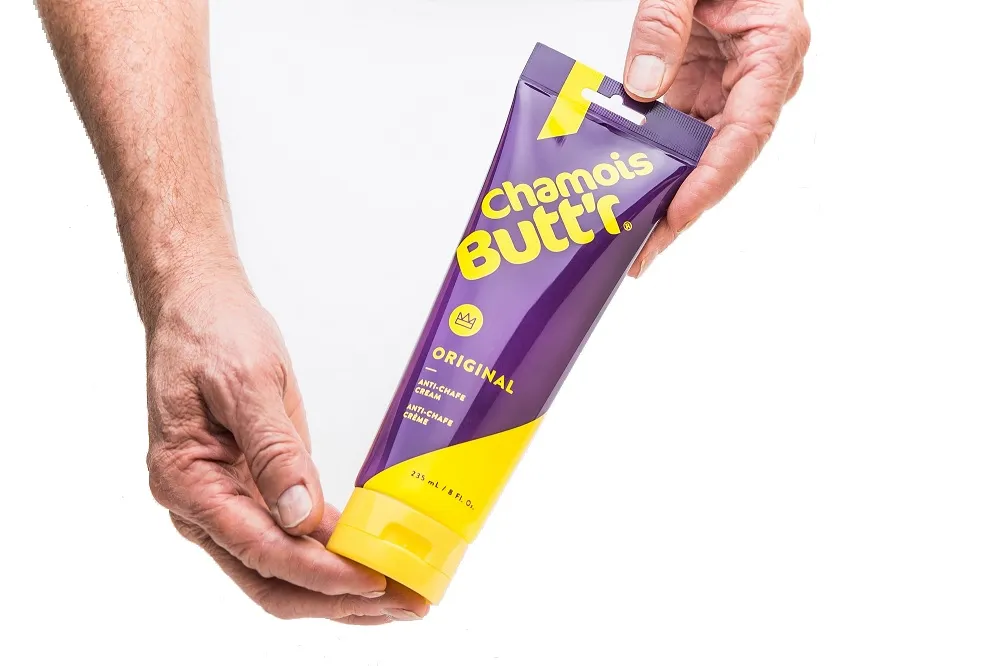
- £13/$18/AU$25 as tested
- Sizes: 227g/8oz
This cream is based on mineral oil and includes lanolin and aloe in its ingredients. We got a lot of mileage from this, it’s easy and hygienic to apply from the tube, and is minimally perfumed and long-lasting.
It's also available in female-specific and cooling versions; this is the crème de la crème of high-quality, budget-friendly creams.
Assos Chamois Crème
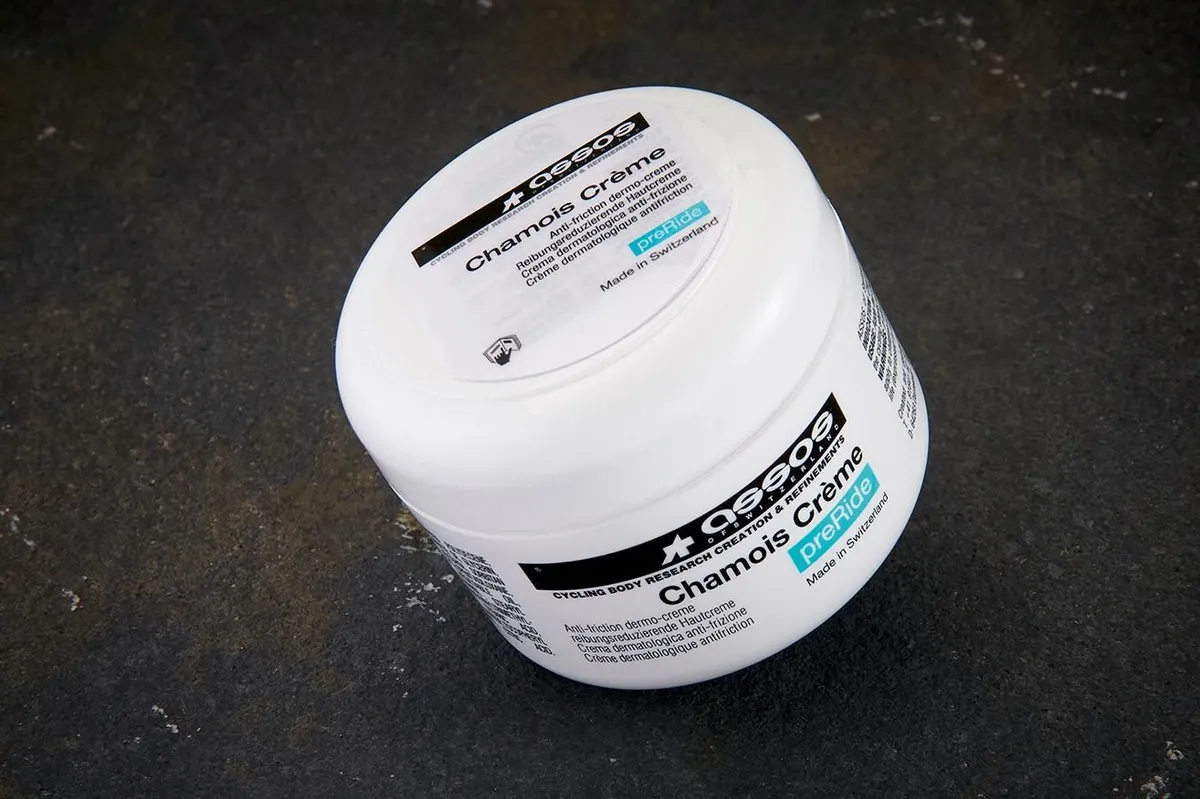
- £13/$19/AU$30 as tested
- Sizes: 140ml
Widely available and well priced for Assos, this tried-and-tested chamois cream is popular.
The present formula has little smell to it, just a touch of mint, and we found a small amount of the thick white cream (or crème) went a long way, with the menthol giving it an initial cooling effect.
Assos also offers a women’s-specific formulation, available to buy from Wiggle.
Muc-Off Luxury CC
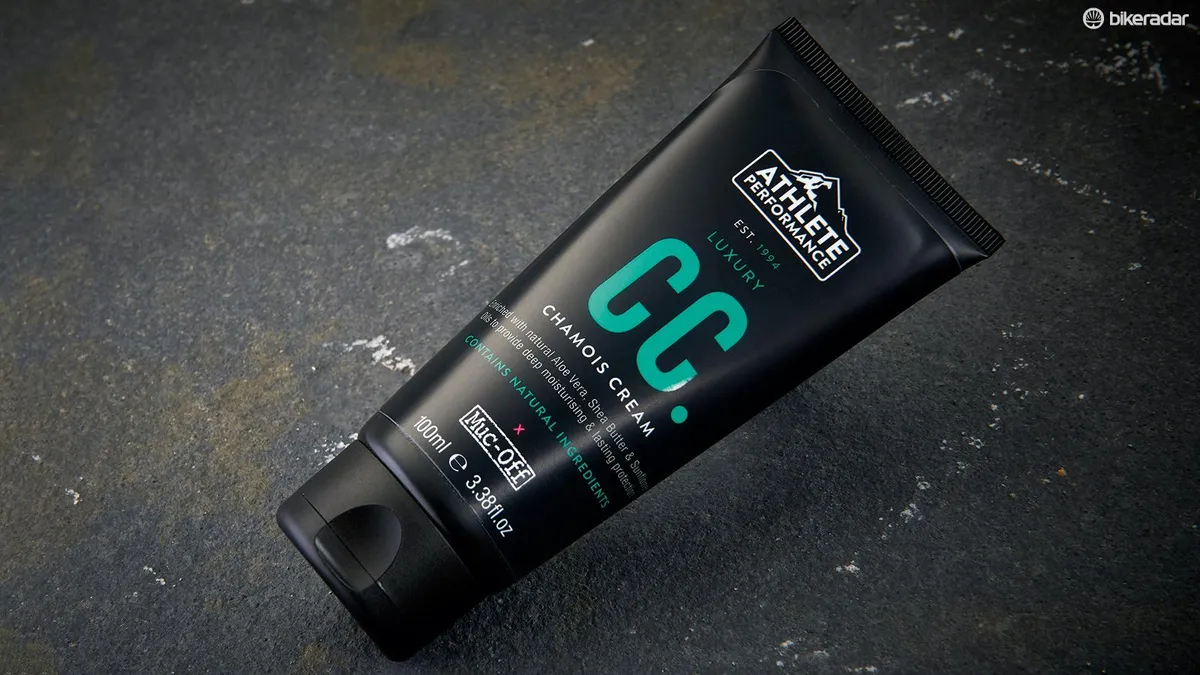
- £14/$15/AU$26 as tested
- Sizes: 100ml
This pleasant-smelling anti-bacterial cream contains aloe vera, witch hazel, shea butter and sunflower oil. We found this as good as any cream at keeping chafing at bay, even during a day-long ride.
While it's fairly expensive, it doubles up as a moisturiser. Muc-Off’s R&D team have done a good job in diversifying.
Natural Little Bee Bum-ble-Bee Chamois Balm
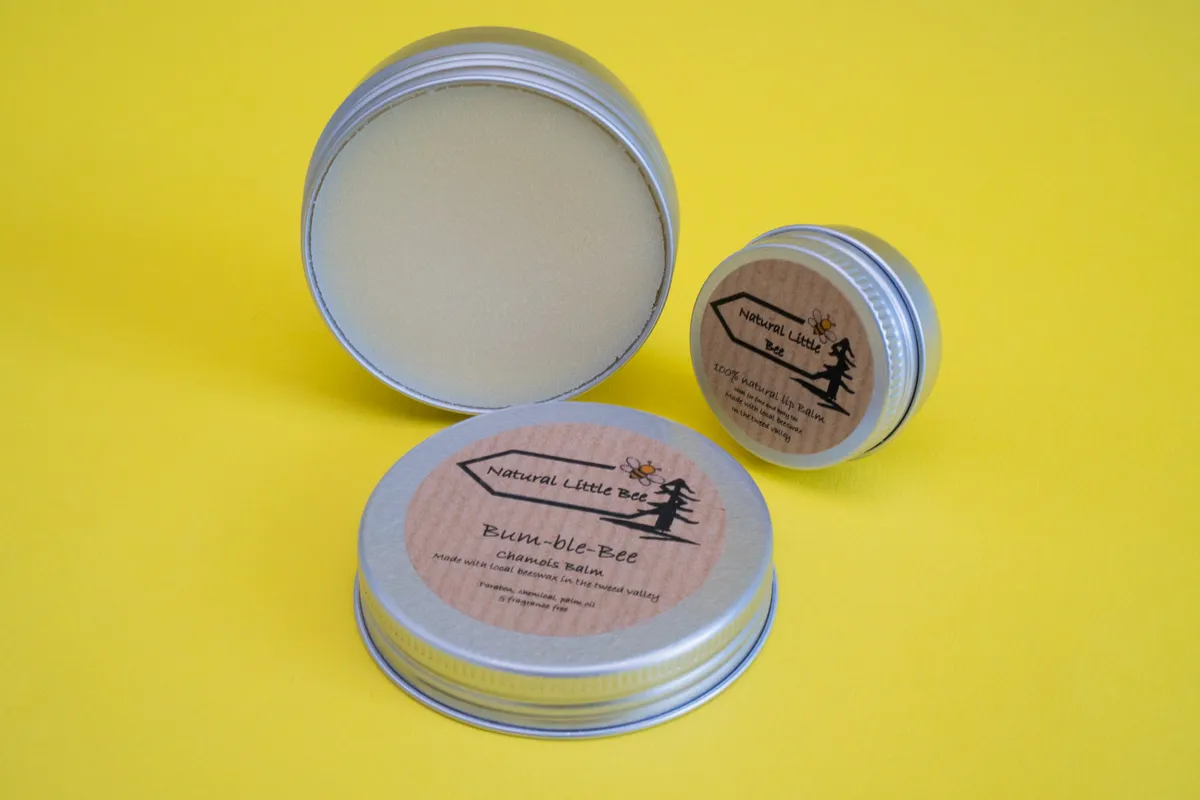
- £9.50 as tested
- Sizes: 50g tub
Not only does the Natural Little Bee Bum-ble-Bee Chamois Balm not contain any chemicals or parabens, but it's also made from raw, undiluted and natural fatty oils.
These act as a natural anti-microbial, anti-septic and analgesic, helping to reduce chafing and pain on long rides.
The Bum-ble-Bee cream is thick to the touch, more akin to a balm than a traditional, more liquified product. This means a healthy scoop is needed to provide enough coverage for long rides.
It felt cooling and smooth on our skin while riding, and its pleasant aroma has a minty essence.
Because it needs a generous portion per ride, the 50g tub we tested didn't last very long, but knowing we were using an eco-friendly, chemical-free product produced by a small company more than made up for that.
Udderly Smooth chamois cream
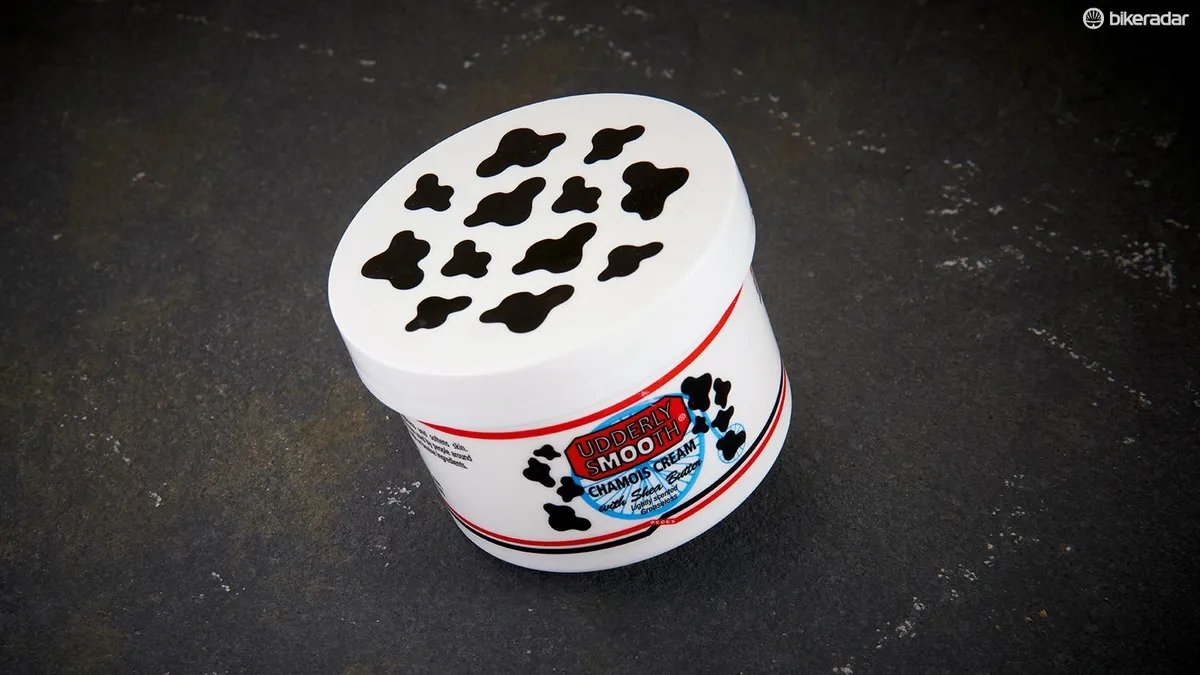
- £9.99/$8/AU$15 as tested
- Sizes: 227g/8oz
The name stems from the fact this was first developed for use on dairy cows. Don’t worry, it contains no milk or bovine products, but is a thick white cream that's long-lasting and resembles the offering from Assos, but it'll cost you less for a bigger tub.
Main ingredients, such as stearic acid, lanolin and the like, are joined here by shea butter. Udderly Smooth feels great on long rides.
Veloskin chamois cream
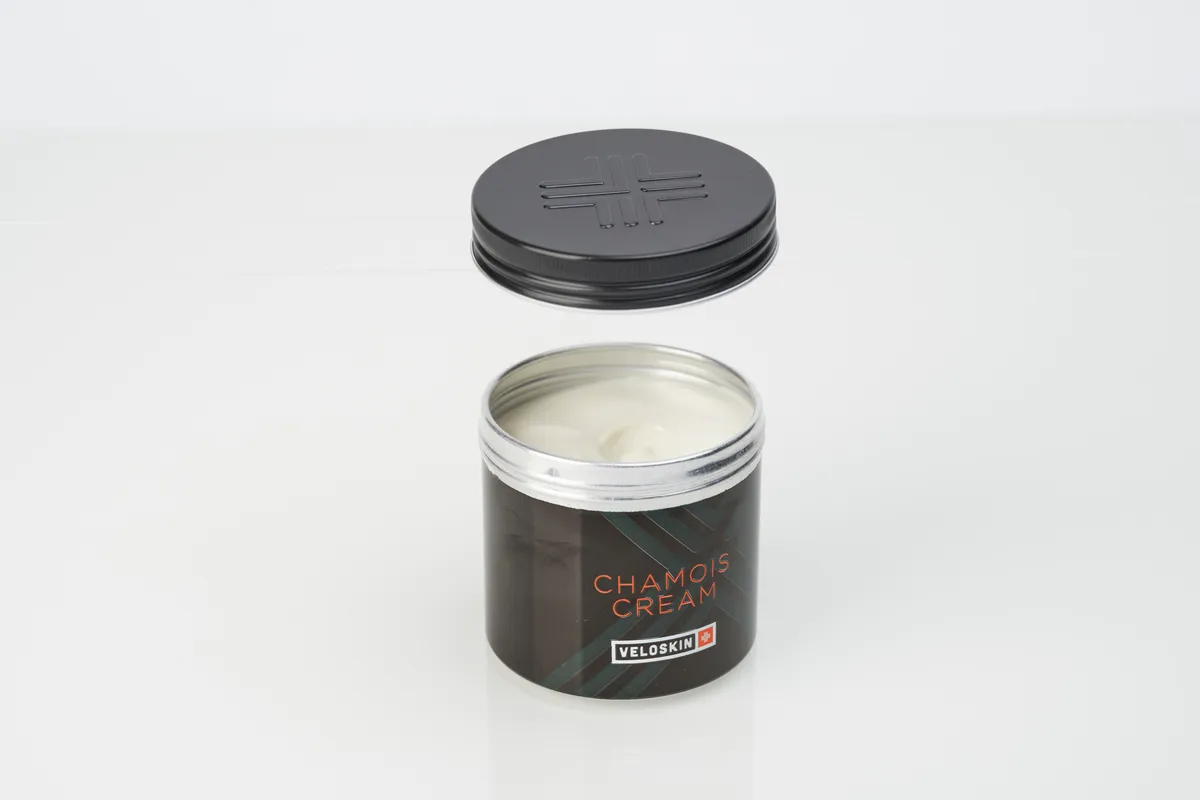
- £14.99 as tested
- Sizes: 150ml tin; travel sachets
The Veloskin chamois cream performs well in all conditions.
It has a firm texture and pleasant scent from its vegan-friendly ingredients, such as sweet orange and bergamot oils, and shea butter.
However, a 150ml tub of the Veloskin chamois cream costs £14.99 and didn’t last us that long.
Also consider...
The following chamois creams have scored fewer than four out of five stars, so they have not been included in our main list. They may still tick the right boxes for you though.
BeElite chamois cream
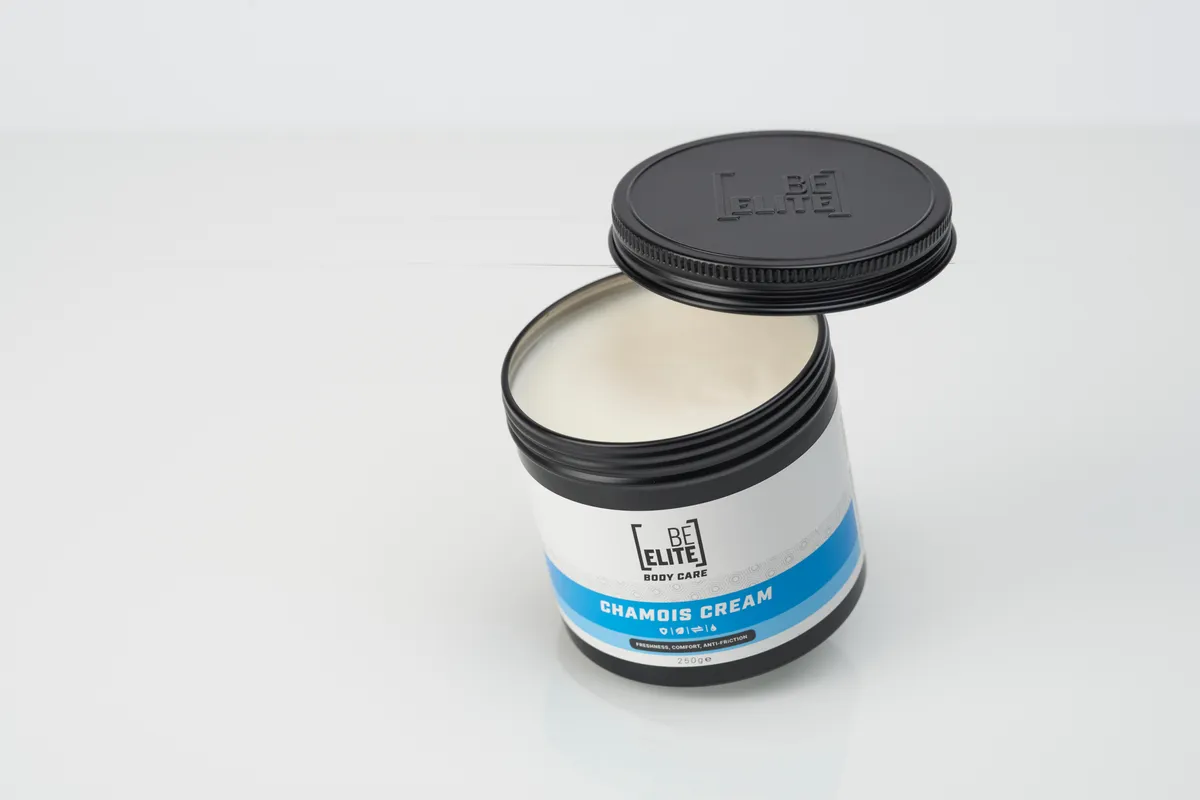
- £20 as tested
- Sizes: 250g tin
The BeElite chamois cream effectively prevents chafing.
A two-fingered dip suffices for three-to-four-hour rides, so the 250g tin lasts a long time.
BeElite warns that chamois cream is unsuitable for those with nut allergies.
It contains menthol and smells strongly but pleasantly of lavender, mint and citrus. The women’s-specific version has slightly different ingredients.
Bikemonger's Happy Bottom Bum Butter
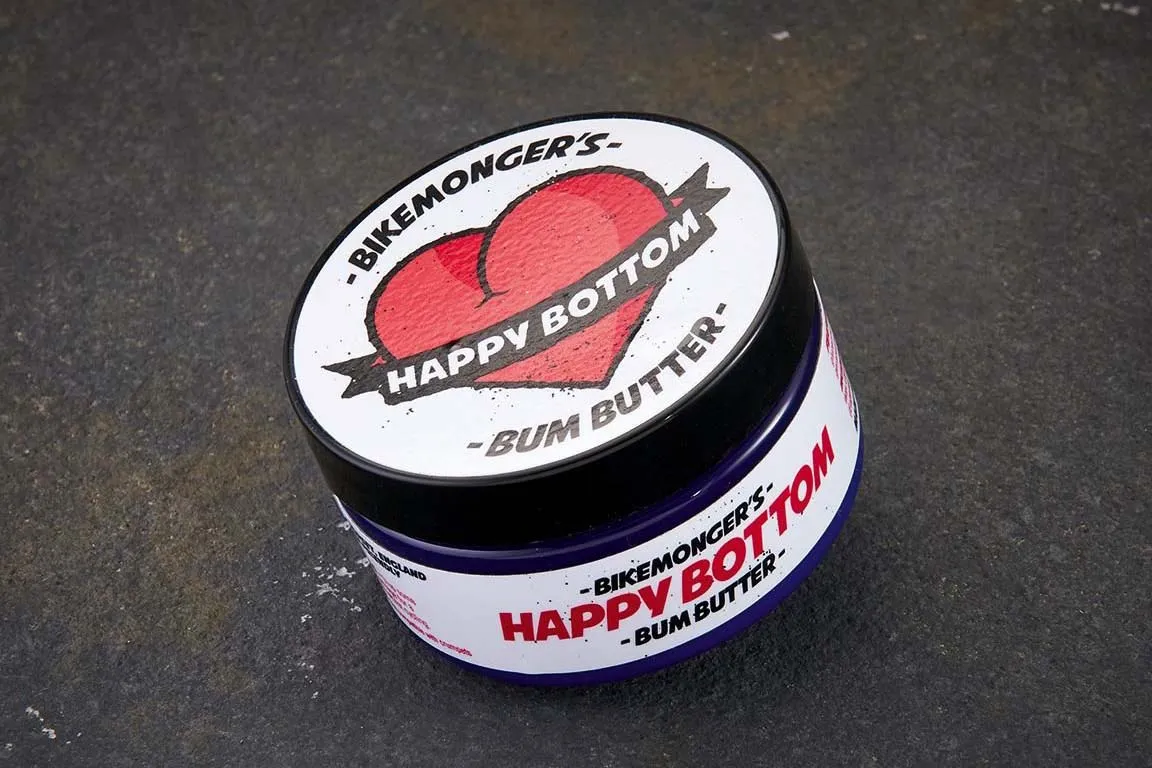
- £18 (100g)/$25 (100ml)/AU$33 (100ml)
- Sizes: 100ml
Made in Dorset, Bikemonger’s ‘Happy Bottom Bum Butter’ is vegan-friendly, made from 100 per cent natural ingredients and has a more ‘medicinal’ smell thanks to its use of clove oil.
It has a thick, Vaseline-like texture that takes a bit of massaging in but lasts the distance. The pot is recyclable too.
Squirt Barrier Balm
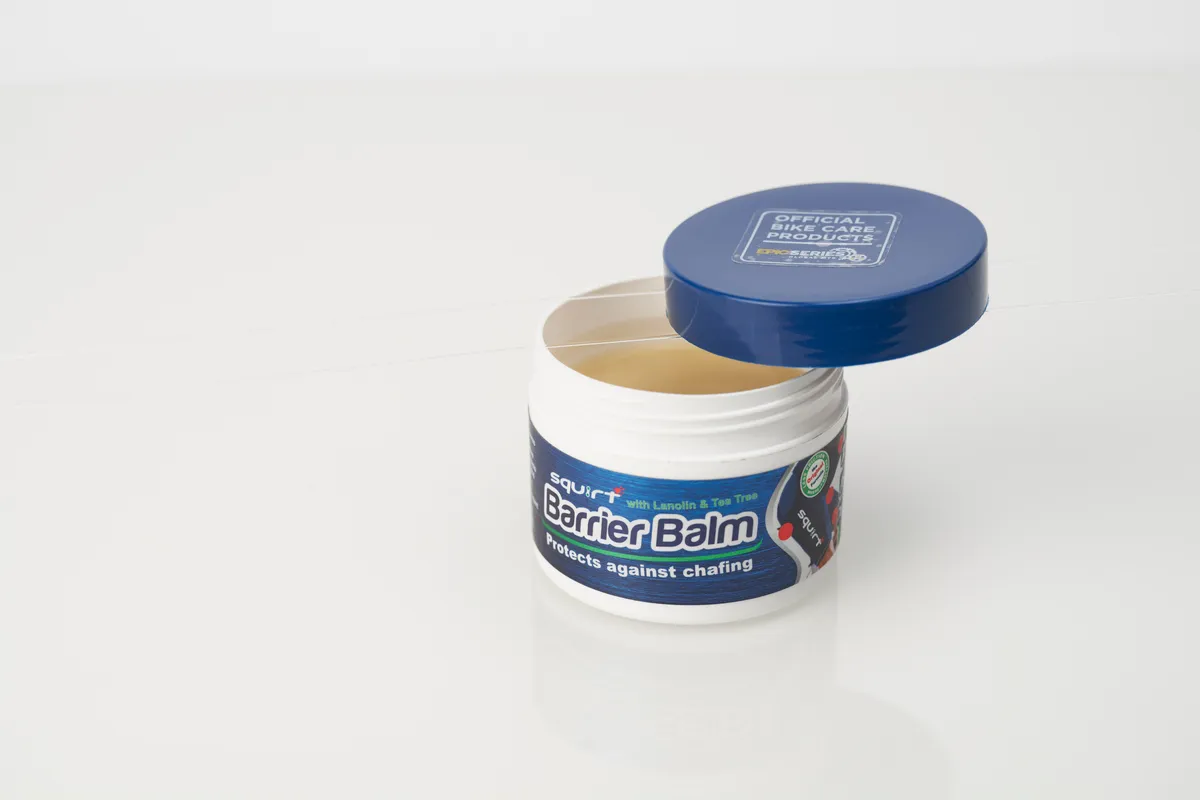
- £19.99/€18.90 as tested
- Sizes: 100g tub
The Squirt Barrier Balm chamois cream is effective in wet and changeable weather, staying put after three to four hours in the saddle.
The Barrier Balm comes in a small 100g tub, so it doesn’t last as long as other chamois creams.
Squirt claims the Barrier Balm is antifungal, antibacterial, and highly resistant to water and sweat due to its lanolin content.
LifeJacket Anti-Chafe Bar
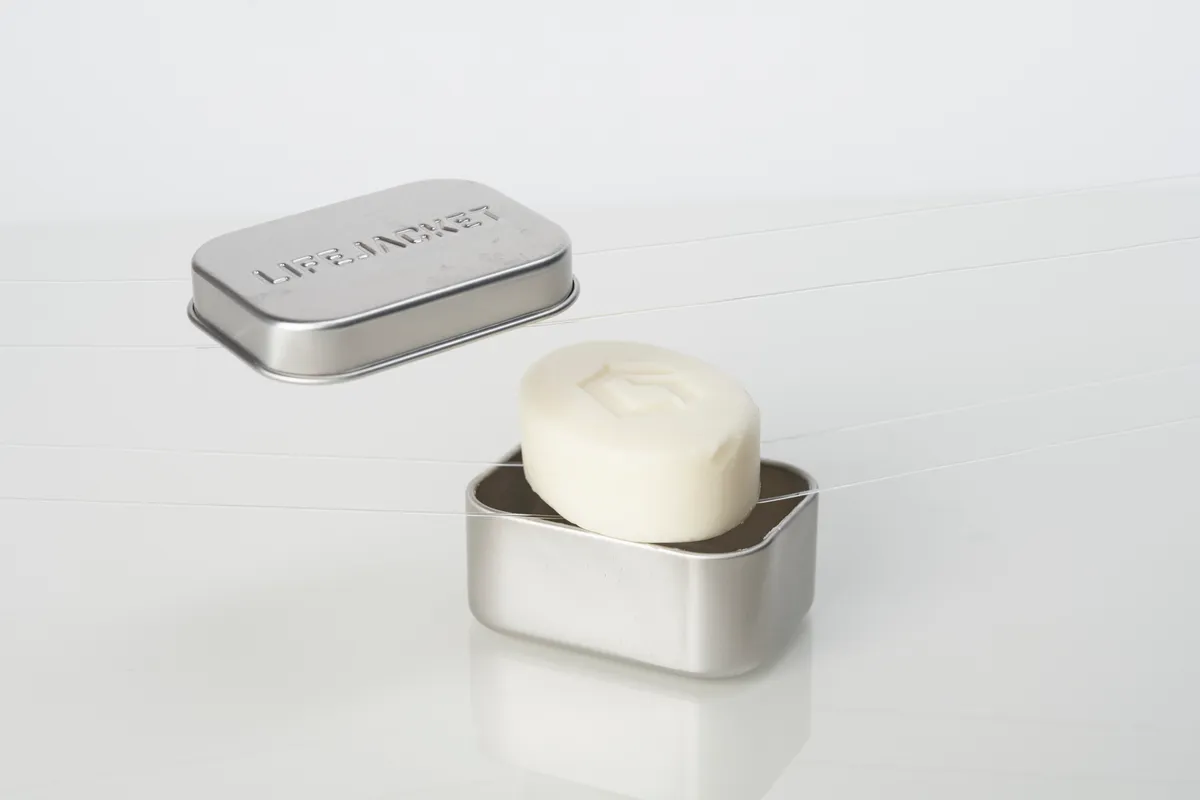
- £16 as tested
- Sizes: 55g bar
The LifeJacket Anti-Chafe Bar reduces rubbing in most conditions. A little goes a long way.
The chamois cream resembles a bar of soap, which LifeJacket says you should apply directly to clean skin.
But we felt the need to rub it into a chamois pad rather than reapplying with the same stick.
All-day riders and bikepackers could carry the 55g bar in its tin in a frame or saddle bag.
Buyer’s guide to chamois cream
What is chamois cream?
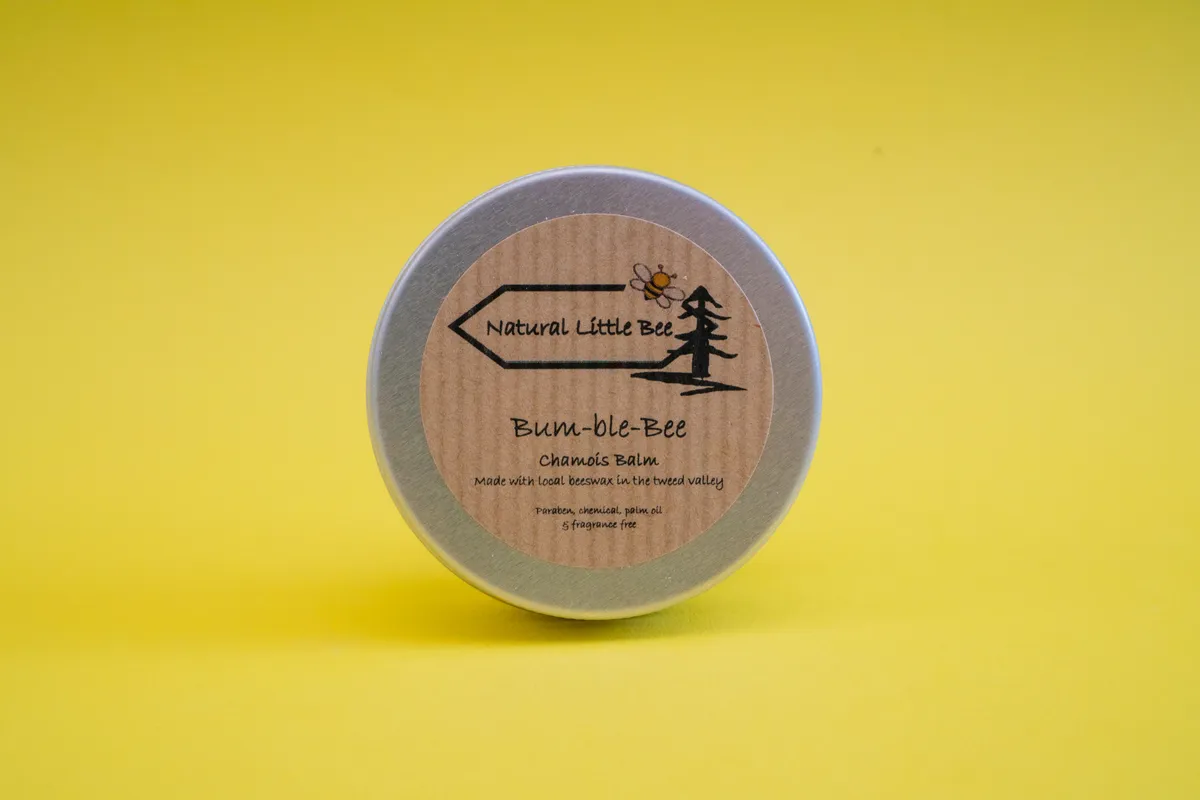
Chamois cream is a spreadable ointment designed to reduce friction between your skin and saddle, lowering the likelihood of chafing.
Some chamois creams are claimed to be antifungal and antibacterial too.
As a result, chamois cream can help to avoid saddle sores and groin pain, by reducing the friction that causes them and decreasing the chance of infection.
But chamois cream is no substitute for proper cycling hygiene – wash yourself and your bib shorts immediately after every ride (where possible).
The best chamois cream won’t necessarily solve backside soreness. You’ll also need the best bib shorts or mountain bike shorts, along with the best road bike or mountain bike saddle.
Even with chamois cream, shorts and saddle sorted, your backside may still be slightly sore after lots of riding.
How to apply chamois cream
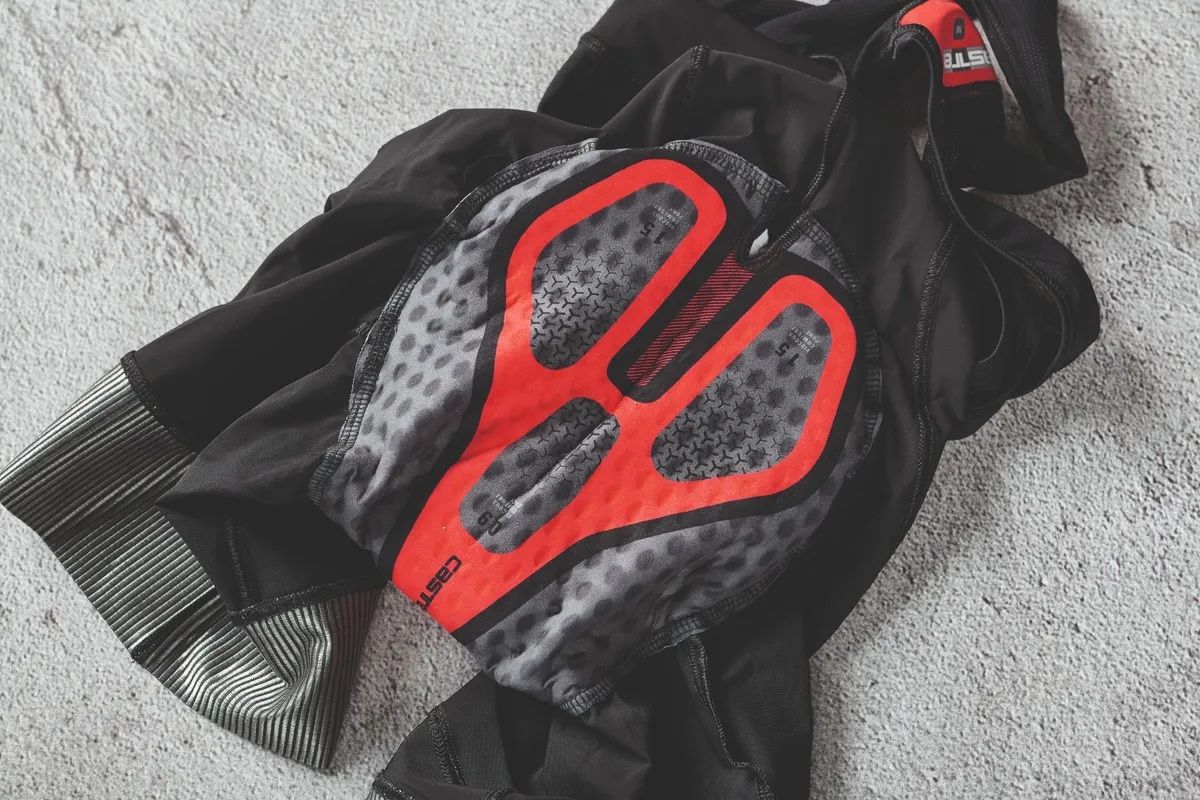
Start off with clean, dry hands. Where you’ll be applying the chamois cream should be clean too.
You can apply chamois cream to the pad in your cycling shorts, but most people apply chamois cream to the area of skin in contact with the saddle.
This includes the buttocks, above all the sit bones, and possibly the crotch. Women are not advised not to apply chamois cream internally.
If you experience chafing in the groin area, you could use chamois cream on the inner leg too.
Take a one- or two-fingered scoop out of the chamois cream tub.
For hygiene reasons, don’t 'double dip' by taking another scoop with the hand you’ve used to rub in the cream.
If you need more, wash your hands between applications.
Do you need to use chamois cream?
You don’t need to use chamois cream, but it can be advantageous to do so.
Some riders cover long distances without ever needing it. Others think they benefit from using chamois cream even on short rides.
Chafing can be worse when your bib short chamois gets wet with rain or sweat.
The best chamois creams are claimed to be water- and sweat-resistant (look out for lanolin in the ingredients).
This should help them reduce friction between your bib shorts, skin and saddle for longer before washing away.
Men’s vs women’s chamois cream
Some brands make women's-specific chamois cream, which contains different ingredients from the men’s version.
Men’s chamois cream often contains menthol. It has a cooling and tingling effect, which some women find uncomfortable if it happens to contact their genitalia.
Not all men like the smell or sensation of menthol either.
Women’s chamois creams often have a lower pH level, which is designed to reduce the risk of vaginal irritation and infection.
Other companies’ chamois creams are unisex or not gender-specific.
